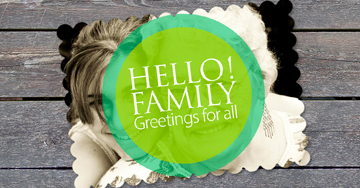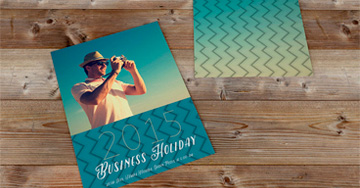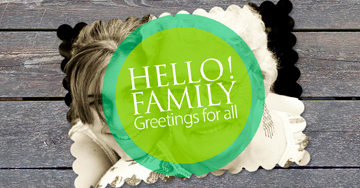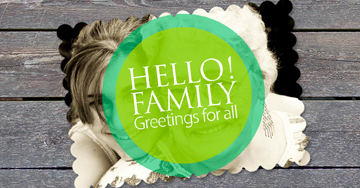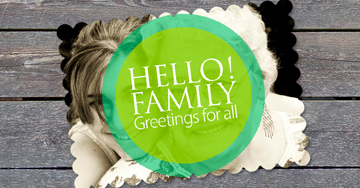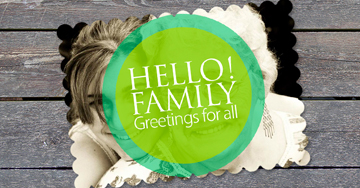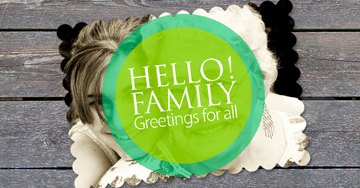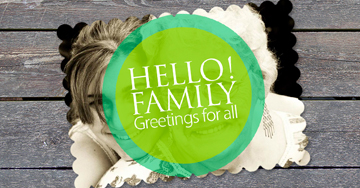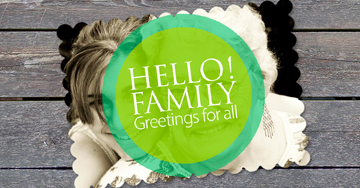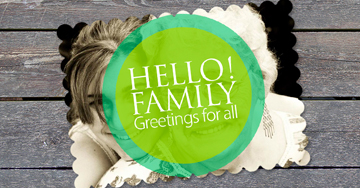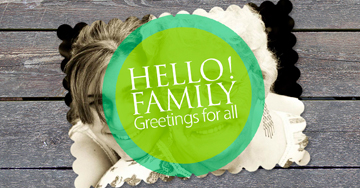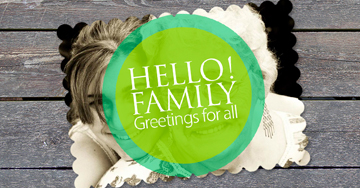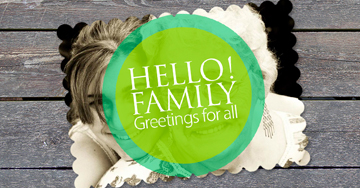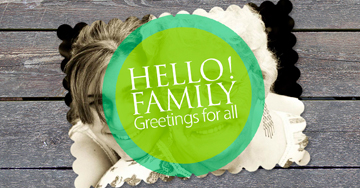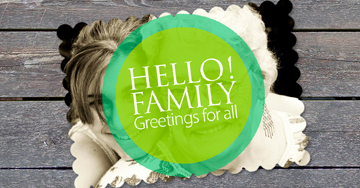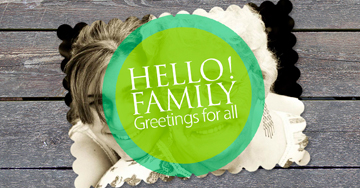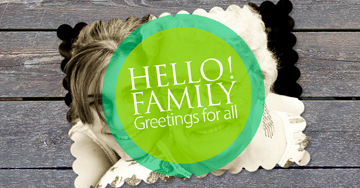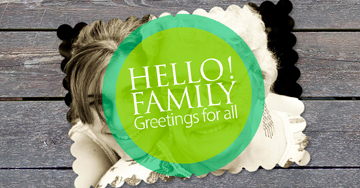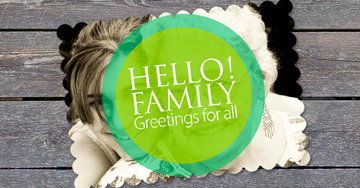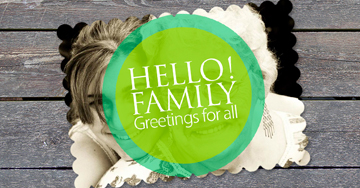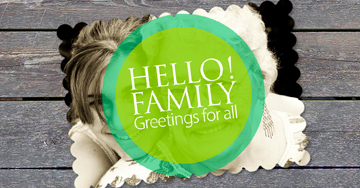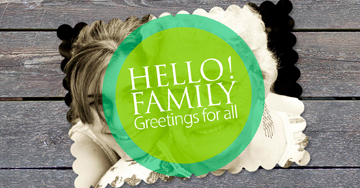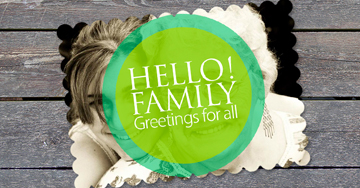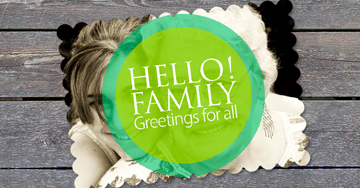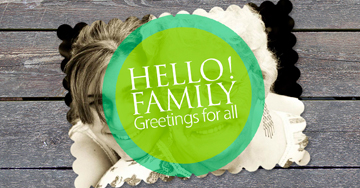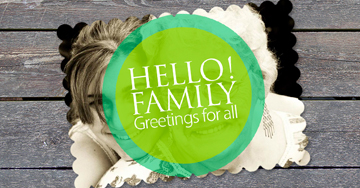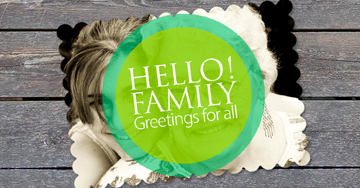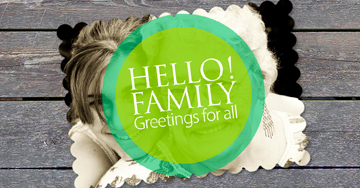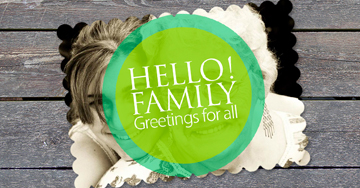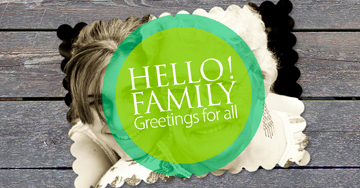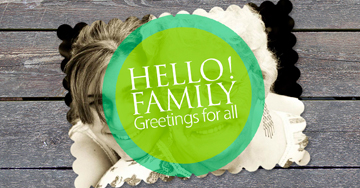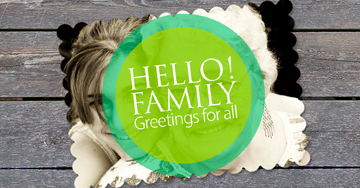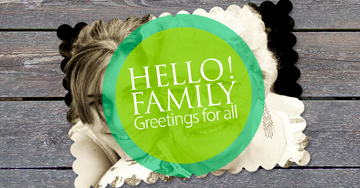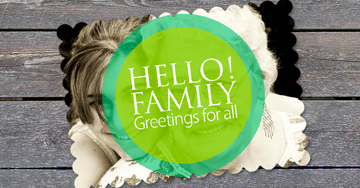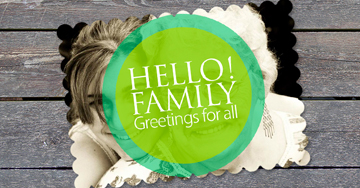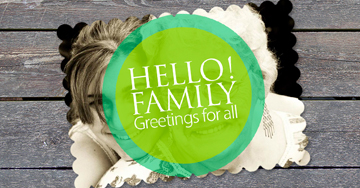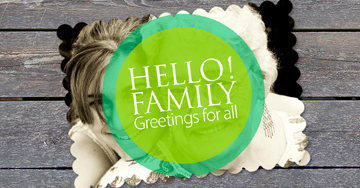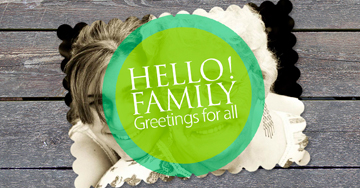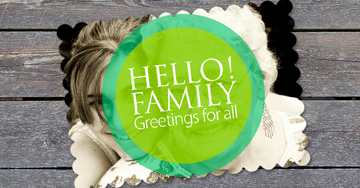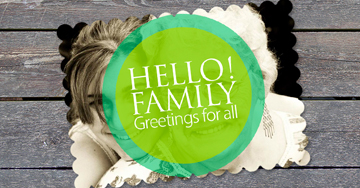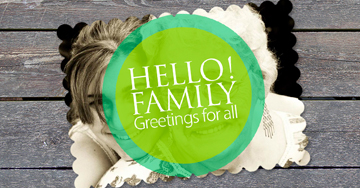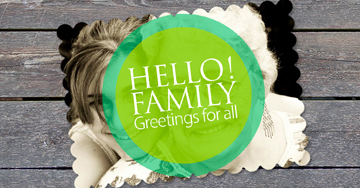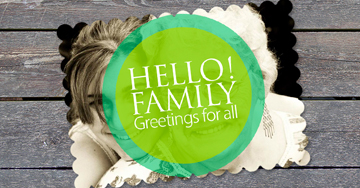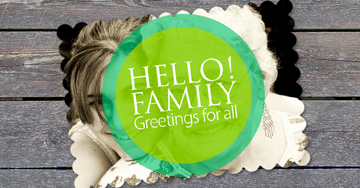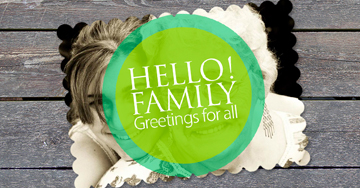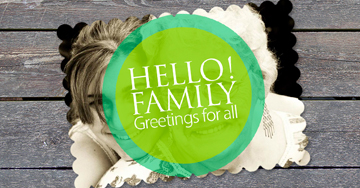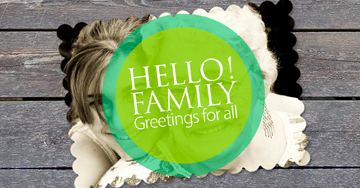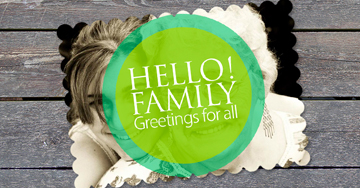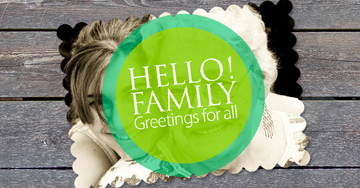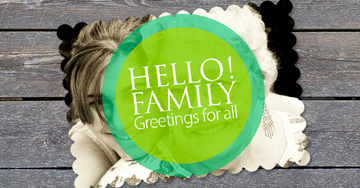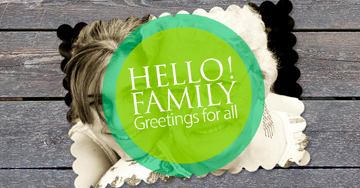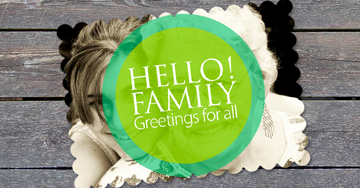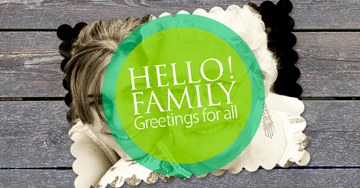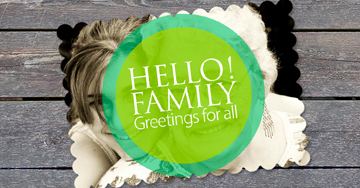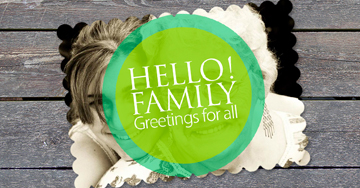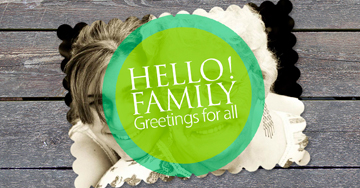TABLE OF CONTENTS
Key Takeaways
-
Save Money and Personalize: Printing your own greeting cards can save money and allow for personalized designs that store-bought cards can't offer.
-
Get Creative with Designs: Explore various design ideas and use software tools to create unique and memorable greeting cards.
-
Choose the Right Tools: Familiarize yourself with different software tools and printing methods to achieve professional-quality results.
-
Select Quality Materials: The type of paper and envelopes you choose can significantly impact the final look and feel of your greeting cards.
-
Follow a Step-by-Step Guide: Use a comprehensive step-by-step printing guide to ensure a smooth printing process from start to finish.
-
Add Personal Touches: Personalization tips can help make your greeting cards more meaningful and special for the recipients.
Benefits of Printing Your Own Greeting Cards
Cost Savings
Printing greeting cards at home reduces expenses. Store-bought cards can be pricey. By printing at home, you save money. Bulk orders often lead to waste. Customizing only what you need avoids excess costs.
High-quality paper and ink are affordable. Buying these supplies in bulk further cuts costs. Overall, the savings add up quickly.
Personalization
Tailoring messages makes your card special. You can fit the recipient’s personality perfectly. Adding personal photos makes it unique. No store-bought card can match this level of customization.
Colors and fonts can be customized too. This ensures the card matches individual preferences. The result is a truly personalized greeting card.
Creative Freedom
Designing your own cards offers creative freedom. Experiment with different elements without restrictions. You can combine various art styles and techniques.
Trying out new layouts and formats is possible. This innovation leads to unique and original designs. There are no limits to what you can create.
Design Ideas for Greeting Cards
Themes and Occasions
Design cards for different occasions. Birthdays, holidays, and special events need unique designs. For birthdays, use cheerful colors and images like balloons or cakes.
Special events like weddings and anniversaries require elegant themes. Use soft colors and delicate patterns. Graduation cards can feature caps, diplomas, or inspirational quotes.
Seasonal designs are also popular. Christmas cards can have snowflakes or Santa Claus images. Easter cards might include bunnies or eggs. Halloween cards often use pumpkins or spooky themes.
Color Schemes
Choose the right color palette for your card. Complementary colors create visual appeal. For example, red and green work well for Christmas.
Color psychology is important too. Colors can evoke emotions. Blue is calming, while yellow is cheerful. Think about the message you want to send with your beautiful greeting cards.
Experiment with different schemes. Monochromatic designs use varying shades of one color. Contrasting schemes mix opposite colors for a bold look.
Typography Choices
Fonts matter in greeting card design. Select fonts that are easy to read and look good together. Script fonts can add elegance, while sans-serif fonts are clean and modern.
Mixing typefaces can make the card more dynamic. Pair a bold font with a delicate one for contrast. Just ensure they complement each other.
Font size is crucial too. Titles should be larger to grab attention. Body text should be smaller but still readable.
Software Tools for Card Design
Adobe Photoshop
Adobe Photoshop offers advanced tools for detailed image editing. Users can manipulate images with precision using various brushes and filters. This software is ideal for creating intricate designs.
Photoshop provides a wide range of templates and brushes. These resources help users start their projects quickly. Templates can be customized to fit any occasion.
Layer management in Photoshop allows for complex designs. Users can stack multiple elements and adjust them independently. This feature ensures that each part of the card design remains editable.
Microsoft Word
Microsoft Word includes built-in templates for quick card creation. These templates are easy to use and modify. They cater to different themes and occasions.
Text boxes and images can be inserted easily in Word. Users can drag and drop these elements into their design. This makes it simple to add personalized messages or photos.
Word also offers various font styles and sizes for text formatting. Users can experiment with different fonts to achieve the desired look. This flexibility enhances the visual appeal of the greeting cards.
Canva
Canva features a drag-and-drop interface for user-friendly design. This tool is accessible even to those with no design experience. Users can create professional-looking cards effortlessly.
Canva’s library includes a vast array of templates and graphics. These resources cover numerous themes, making it easy to find inspiration. Users can customize these templates to suit their needs.
Real-time collaboration is another benefit of Canva. Multiple users can work on a design simultaneously. This feature is useful for group projects or getting feedback from others.
Printing Methods
Inkjet Printers
Inkjet printers achieve vibrant colors with their advanced technology. They spray tiny droplets of ink onto the paper. This method allows for rich and detailed images. Users can print on a variety of paper types and textures. Options include glossy, matte, and textured papers.
Inkjet printers are also cost-effective for small print runs. They allow users to print only what they need. This reduces waste and saves money. For home users, this is a practical choice.
Laser Printers
Laser printers produce sharp and clean text and images. They use toner instead of ink. The toner is fused onto the paper using heat. This results in crisp lines and clear prints.
Laser printers benefit from faster printing speeds. They are ideal for large batches of greeting cards. This makes them suitable for businesses or events requiring many cards.
Prints from laser printers are durable and smudge-resistant. This ensures that the greeting cards look professional and last longer.
Professional Printing Services
Professional printing services offer high-quality prints with professional-grade equipment. These services use advanced machines that ensure superior print quality.
Customers can access a variety of finishing options like gloss or matte for their 3d greeting cards. These finishes enhance the look and feel of the greeting cards. Some services also offer options like embossing or foil stamping.
Outsourcing large print jobs to professionals saves time. It allows individuals or businesses to focus on other tasks while ensuring top-notch results.
Paper Types for Greeting Cards
Cardstock Options
Cardstock comes in various weights. Heavier weights give a sturdier feel. Lighter weights are more flexible.
Glossy finishes make colors pop. Matte finishes provide a sophisticated look. Choose based on the card's purpose.
Thicker cardstock ensures durability. It keeps the card looking new longer. This is ideal for special occasions.
Textured Paper
Textured paper adds tactile interest. Linen and hammered textures are popular choices. They provide a unique feel.
These textures enhance the luxury feel of the card. They make it stand out from regular cards. Recipients often appreciate this added touch.
Choose textures that complement the design theme. For example, linen suits elegant designs. Hammered textures work well with rustic themes.
Recycled Paper
Recycled paper promotes eco-friendliness. It uses sustainable materials, reducing waste. This appeals to environmentally conscious recipients.
Despite being recycled, the quality remains high. Modern processes ensure it looks and feels like new paper. This reduces environmental impact without sacrificing quality.
Envelope Choices
Standard Sizes
Use common sizes like A6, A7, and 5x7 inches for convenience. These sizes are widely available and easy to find. They fit standard envelopes, which simplifies the mailing process.
Ensure compatibility with standard envelopes. This avoids the hassle of finding special envelopes. It also helps keep costs down.
Simplify the design process with predefined dimensions. Predefined sizes make it easier to create uniform designs. This is especially helpful when printing large batches of greeting cards.
Custom Sizes
Stand out with unique card dimensions. Custom sizes can make your cards more memorable. They add a personal touch that standard sizes may lack.
Tailor sizes to fit specific design needs. Unique dimensions allow for more creative freedom. You can design cards that perfectly match your vision.
Ensure custom envelopes are available for non-standard sizes. Custom envelopes may be harder to find but are essential for non-standard cards. Double-check availability before finalizing your card size.
Matching Colors
Coordinate card colors with envelopes and inserts. A well-matched color scheme enhances the overall look. It makes the card feel more cohesive and thoughtful.
Use color theory to create harmonious designs. Complementary colors can make your card stand out. Analogous colors create a more subtle, pleasing effect.
Match colors to the occasion or recipient’s preferences. For example, use red and green for Christmas cards. Choose pastel colors for baby showers or birthdays.
Step-by-Step Printing Guide
Document Setup
Set the correct dimensions and bleed areas before designing. This ensures no white edges after trimming. A standard greeting card size is 5x7 inches. Add a 0.125-inch bleed on all sides.
Ensure high resolution for clear and crisp prints. Use at least 300 DPI (dots per inch). Lower resolutions result in blurry images.
Use guides and grids for precise alignment. These tools help keep elements in place. They also ensure text and images are straight.
Aligning Text
Maintain readability with proper text alignment. Centered text often works best for greeting cards. It gives a balanced look.
Use center, left, or right alignment based on design. Each has its own effect. The centered text feels formal, while left-aligned text is casual.
Ensure consistent spacing for a polished look. Uneven spacing can distract readers. Keep margins equal and avoid cluttering the design.
Printing Both Sides
Set up double-sided printing to save paper. Most printers have this feature. Check your printer settings to enable it.
Align front and back designs accurately. Misalignment can ruin the card's appearance. Use guides to match both sides perfectly.
Test print to ensure proper orientation and alignment. Print one card first to check everything. Adjust if needed before printing more copies.
Personalization Tips
Adding Photos
Enhance personalization with recipient’s photos. Use high-resolution images for clarity. Blurry photos can ruin the design. Ensure the photos are well-lit and focused.
Integrate photos seamlessly into the design. Use templates that allow photo placement. Adjust the size and position of the photos to fit well. Balance the photo with other design elements.
Handwritten Messages
Add a personal touch with handwritten notes. People appreciate the effort and sentiment. Write your message thoughtfully.
Use calligraphy pens for elegant writing. They add a sophisticated look to your card. Practice your handwriting before writing on the card.
Leave space in the design for handwritten elements. Plan where you will write your message. Avoid cluttering this space with other decorations.
Decorative Elements
Incorporate embellishments like ribbons and stickers. These add a unique flair to your cards. Choose colors that complement your design.
Use die-cuts and embossing for added texture. Die-cuts create interesting shapes and patterns. Embossing adds a raised effect, making the card tactile.
Add glitter or foil accents for a festive look. These elements catch light and draw attention. Use them sparingly to avoid overwhelming the design.
Practical Tips and Examples
Common Mistakes to Avoid
Avoid using low-resolution images. They can appear pixelated and unprofessional. Always use high-quality images for your greeting cards.
Ensure text is legible against background colors. Dark text on a dark background is hard to read. Choose contrasting colors for better visibility.
Double-check spelling and grammar before printing. Errors can make your card look sloppy. Use tools like Grammarly to help spot mistakes.
Real-World Applications
Printed beautiful greeting cards have many uses in business. They are perfect for sending thank-you notes to clients. This small gesture can build stronger relationships.
Custom invitations for events are another great use. Whether it's a birthday party or a wedding, personalized invitations and custom printed greeting cards add a special touch.
Promotional cards are effective marketing tools. Businesses can design them to announce sales or new products. They help attract customers and boost sales.
Case Studies
Successful DIY card projects often inspire others. Jane Doe, an artist, created beautiful holiday cards at home. She used high-quality paper and vibrant inks. Her friends loved them and asked for more.
Businesses also benefit from custom printed cards. A local bakery used them for customer loyalty programs. Each card had a unique design and message. This strategy increased repeat visits by 20%.
Satisfied recipients often share their experiences. John Smith received a custom birthday card from his boss. He felt appreciated and valued at work. Such positive feedback highlights the impact of printed greeting cards.
Related Industries
Browse our related industries
Discover our insightful guide on creating Farm Greeting Cards with Agriculture Farming themes, offering valuable tips for your next printing project.
Discover the ultimate guide on creating Pet Postcards, offering invaluable insights on animals Petcare printing projects to captivate pet lovers and owners alike!
Discover this guide on creating unique Pet Greeting Cards, featuring tips and insights for Animals Petcare lovers to design cards that capture hearts.
Discover this essential guide on creating Entertainment Greeting Cards for Art Entertainment, packed with insider tips to elevate your designs and strategy.
Dive into our guide on creating Automotive Greeting Cards and discover insights on designing for the Automotive Transportation industry effortlessly.
Discover our guide on creating Spa Greeting Cards for Beauty Spa businesses and learn how to design stunning cards to impress your clients.
Discover this insightful guide on Financial Greeting Cards and learn how to enhance your Financial Services marketing strategy effectively and creatively.
Discover our guide on creating eye-catching Fitness Greeting Cards for Fitness Sports enthusiasts, providing valuable, tips to design the perfect card, today!
Related Alternatives
Browse our related alternatives
4OVER4.COM’s Greeting Cards stand out as a Vistaprint Greeting Cards alternative with more quality options, personalized designs, and unique printing enhancements.
4OVER4.COM’s Greeting Cards outshine 48Hourprint with vibrant designs, quick service, competitive prices, and eco-friendly choices that make every occasion special.
Experience 4OVER4.COM's Greeting Cards for unmatched quality and affordability compared to Printplace Greeting Cards, your trusted Printplace alternative.
Discover why 4OVER4.COM's Greeting Cards offer a superior solution to Moo as a top Moo Greeting Cards alternative with higher quality and customizable options.
Discover 4OVER4.COM Greeting Cards for a better alternative to Nextdayflyers, offering unique designs and unbeatable print quality in every card.
Choose 4OVER4.COM for high-quality Greeting Cards over Smartpress, featuring vibrant prints, affordable prices, and unmatched customer service—a Smartpress Greeting Cards alternative.
Choose 4OVER4.COM for Greeting Cards that surpass Printrunner Greeting Cards alternative with unique designs, quick delivery, and high-quality materials over Printrunner.
4OVER4.COM’s Greeting Cards offer a superior choice over Gotprint with unique designs and premium quality, making them a perfect Gotprint Greeting Cards alternative.
Related Location
Browse our related location
Find unique and thoughtful greeting cards in Orlando to add a personal touch to any occasion; browse local options today and discover the perfect card.
Find unique Las Vegas Greeting Cards locally crafted to convey your feelings with style and charm, perfect for every occasion in the vibrant city.
Discover beautiful Greeting Cards in Phoenix, perfect for any occasion and ready to bring joy to your loved ones with unique and local designs!
Explore a wide selection of unique greeting cards in Tampa to find the perfect card for every occasion with friendly local service.
Explore unique Greeting Cards in Indianapolis for all occasions with locally crafted options to celebrate and express your heartfelt sentiments.
Find the perfect Kansas City Greeting Cards and send your love today with local options that capture the heart and spirit of KC!
Shop unique Philadelphia Greeting Cards for every occasion; find the perfect sentiment right in your neighborhood with local flair and charm today!
Find perfect greeting cards in Chicago for every occasion with personalized designs and eco-friendly options at unbeatable local prices!
